
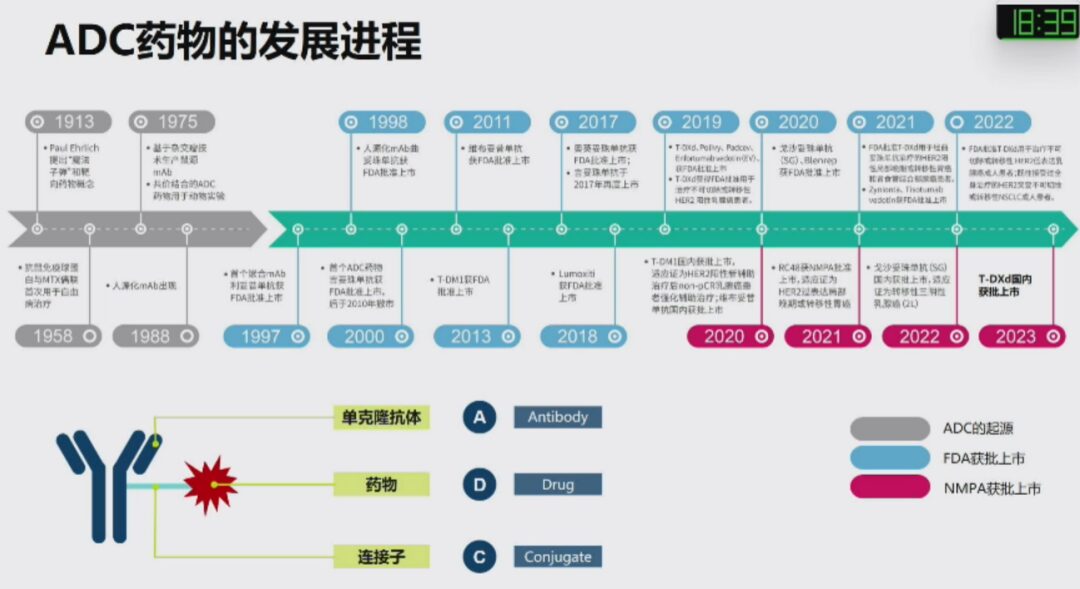
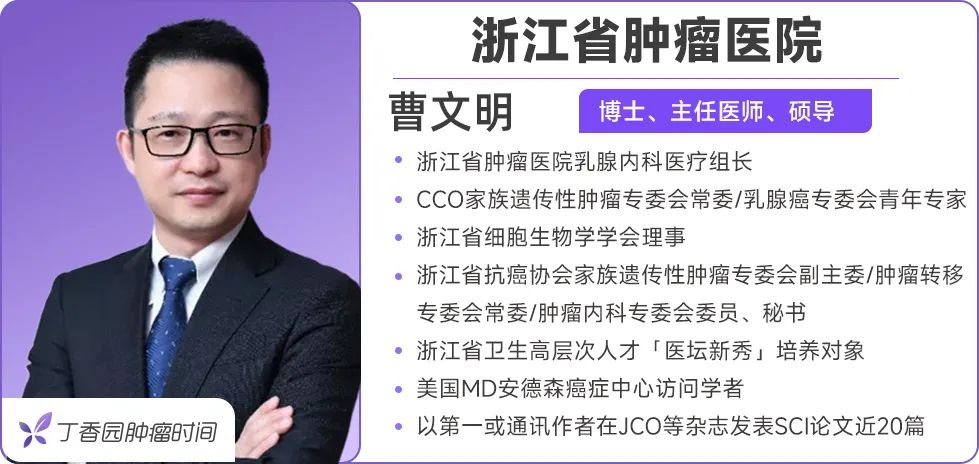
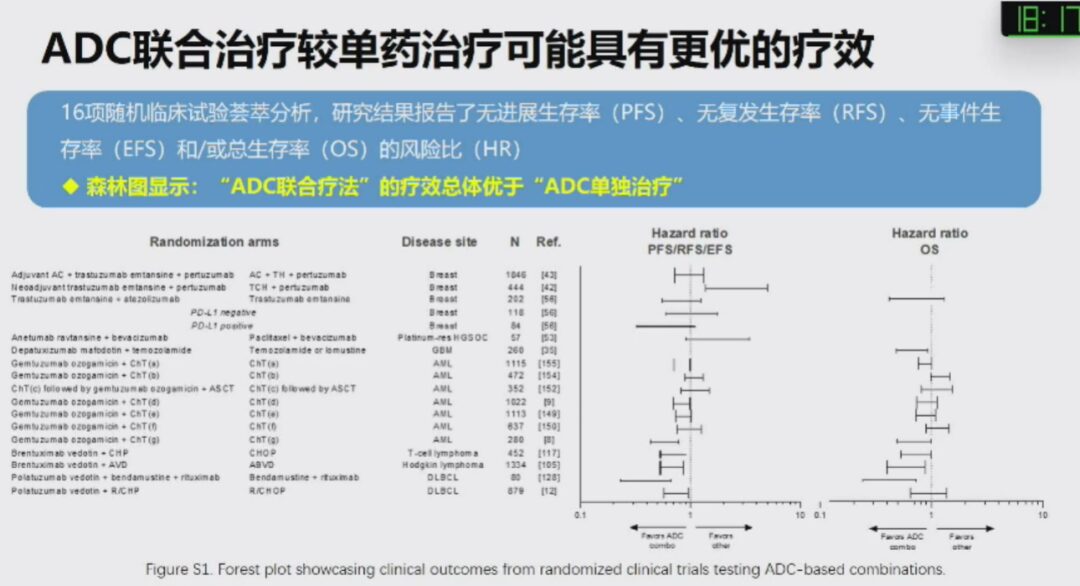
● Enhancing ADC delivery to tumor tissues: For example, anti-angiogenic drugs may improve ADC delivery to tumor tissues by promoting the normalization of tumor blood vessels, thereby enhancing ADC’s cytotoxic effects;
● Regulating antibody target protein expression: Drugs that increase the expression of target antigens on tumor cell surfaces may promote antibody-antigen binding; at the same time, drugs that enhance antigen conversion or degradation may facilitate ADC uptake and effective payload cleavage and release, thereby enhancing cytotoxicity;
● Enhancing effective payload activity and/or synthetic lethality: Other drugs that exert synergistic effects through complementary mechanisms or synthetic lethality can enhance effective payload activity;
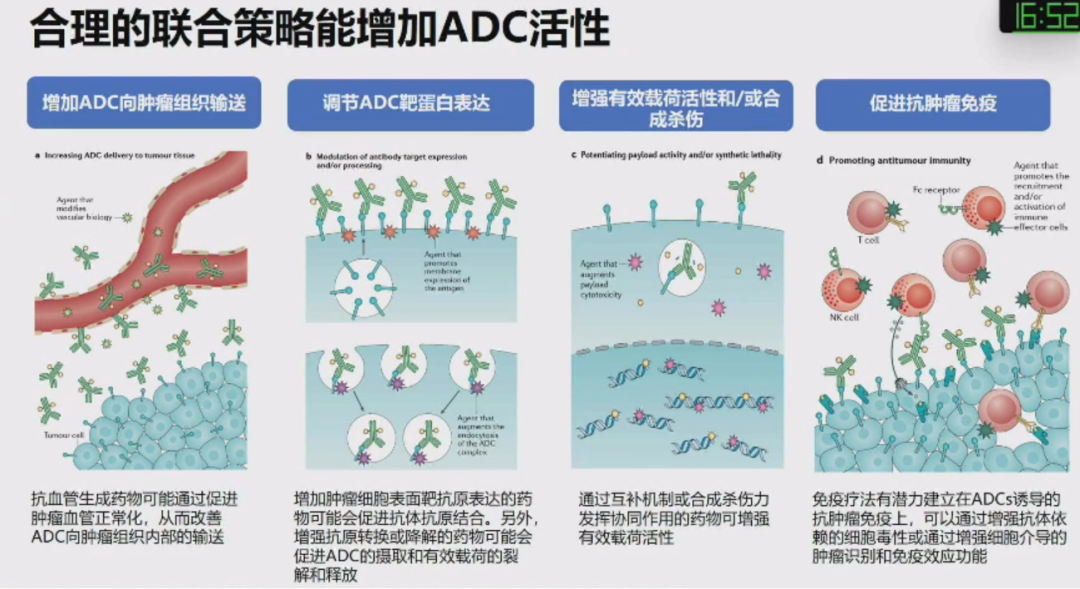
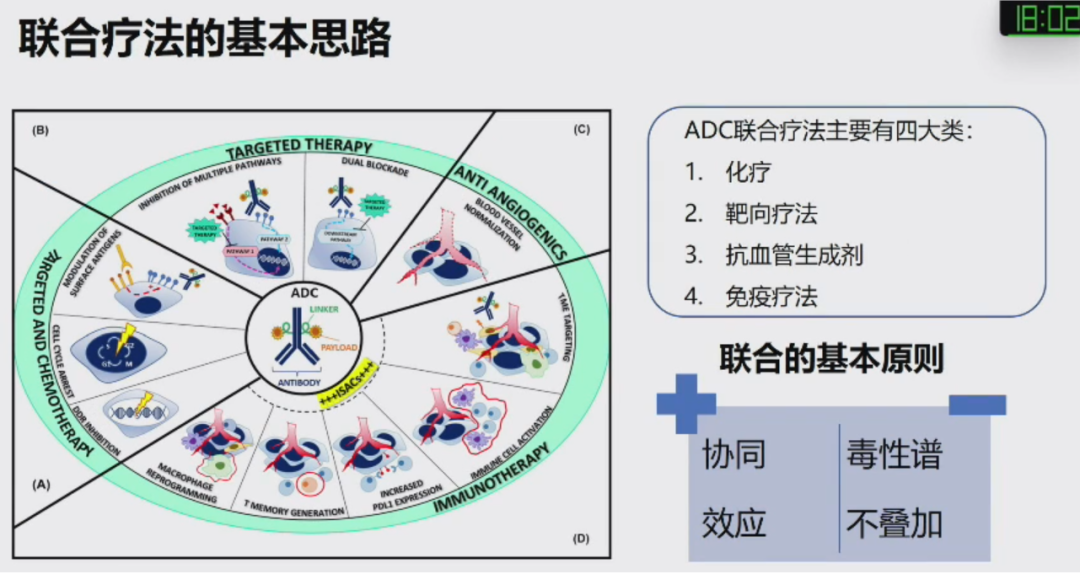
Exploring ADC drug combination strategies for breast cancer treatment
-
Combination with Taxanes
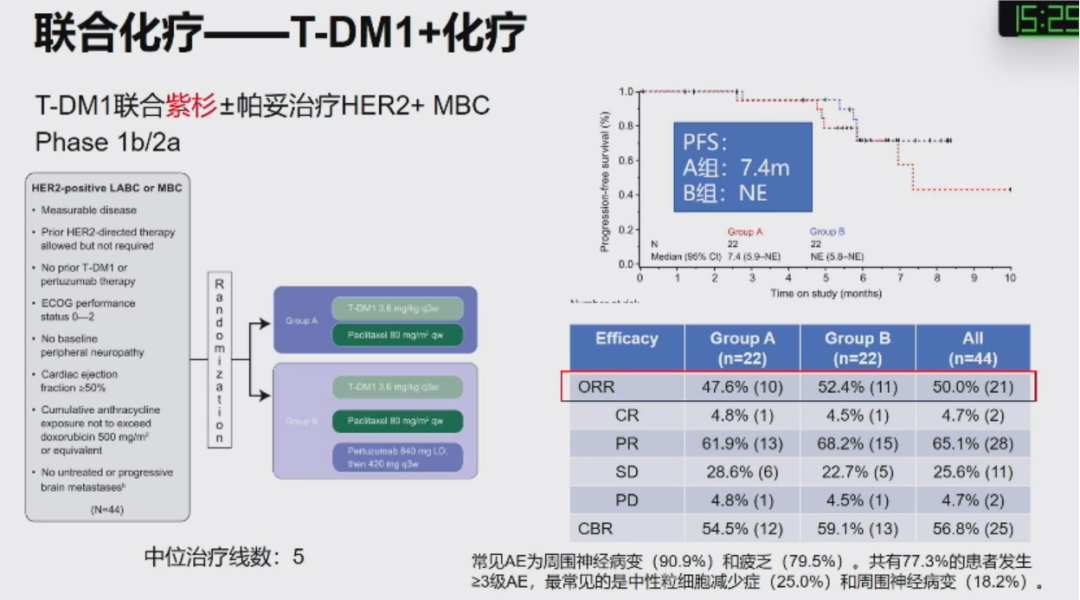
-
Combination with Anthracyclines
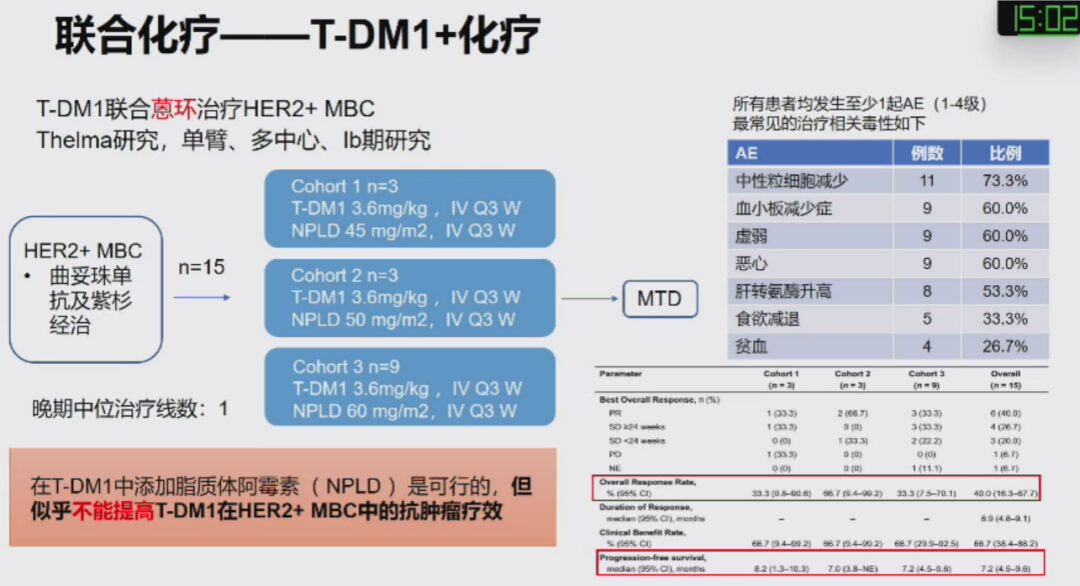
-
T-DM1 Combined with Pertuzumab
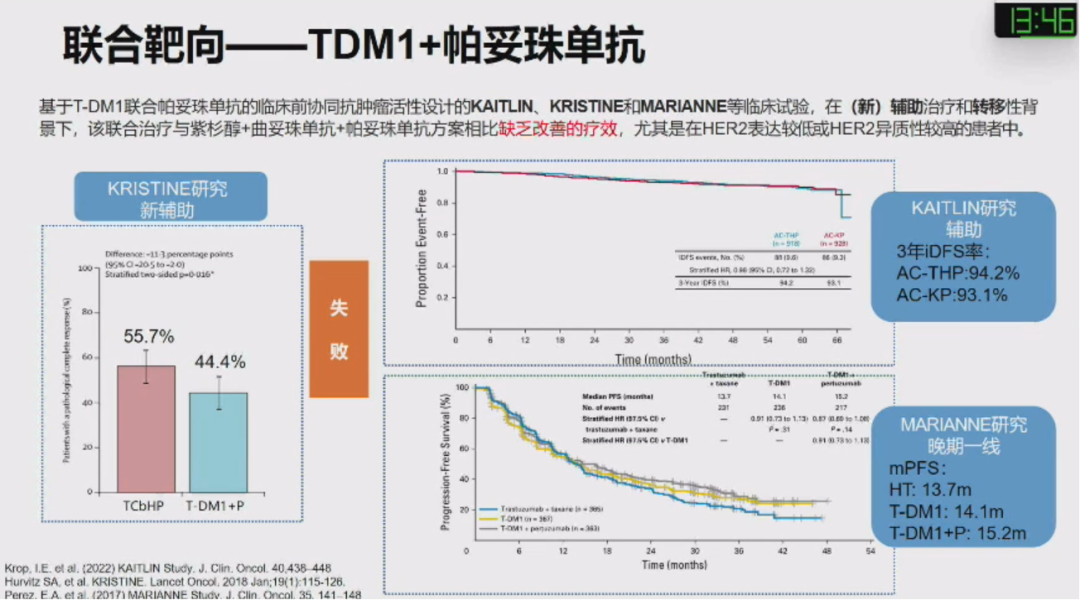
-
T-DXd Combined with Pertuzumab
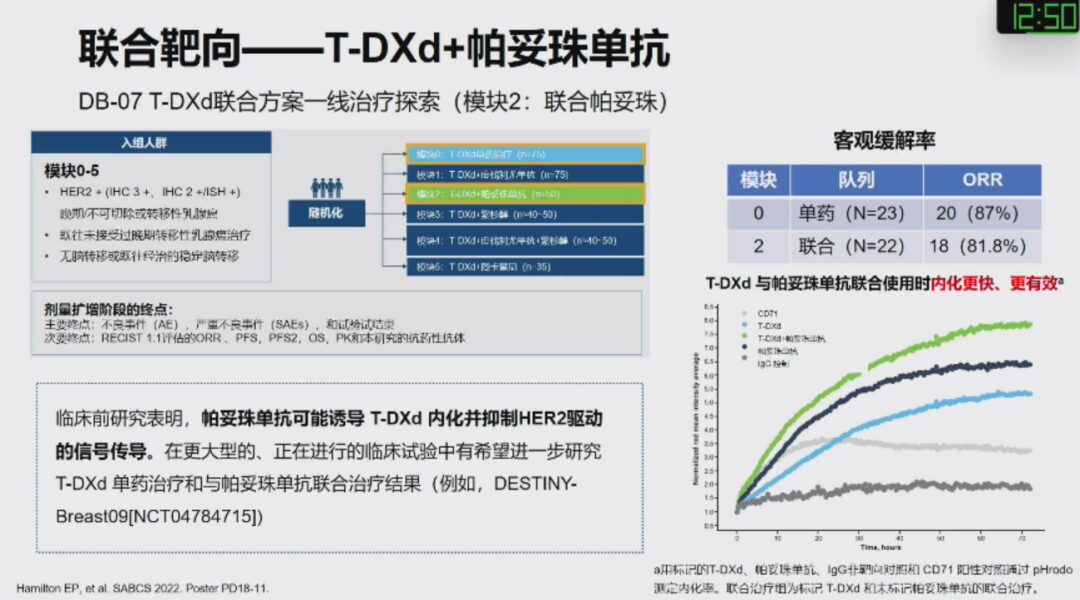
-
T-DM1 Combined with Lapatinib

-
T-DM1 Combined with Tucatinib
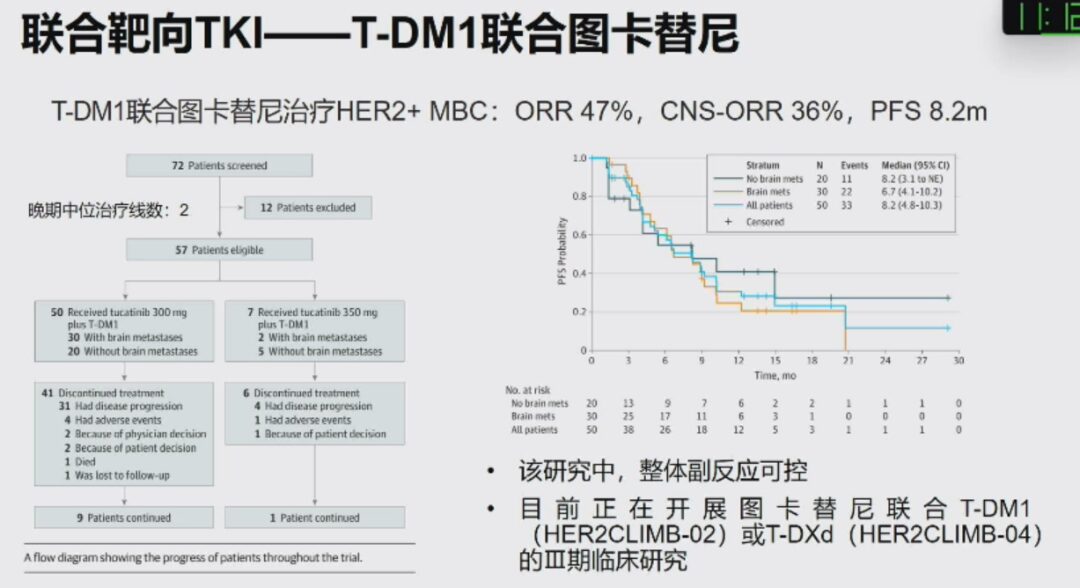
-
T-DM1 Combined with Neratinib
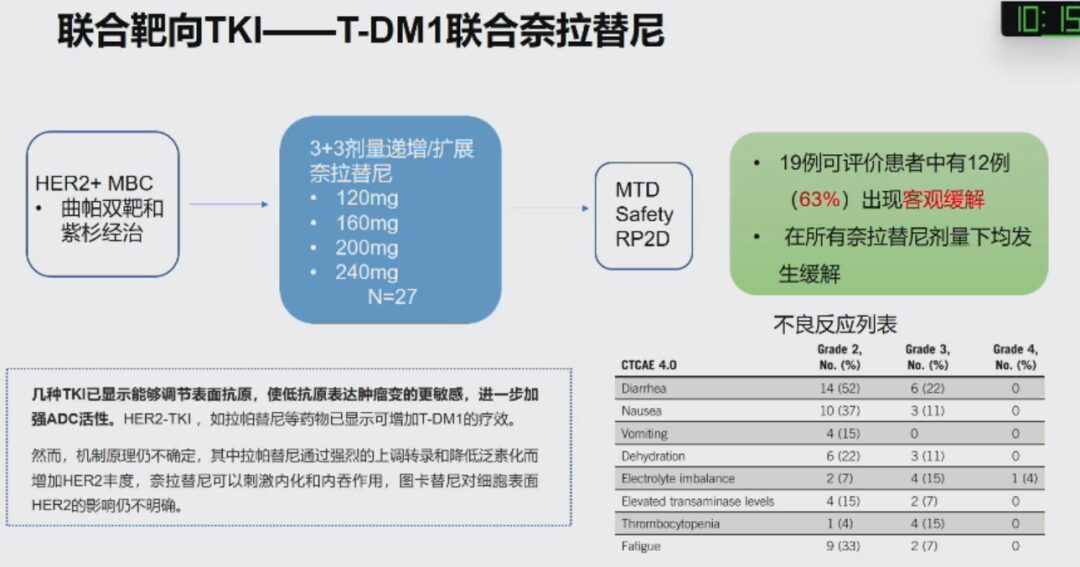
-
T-DM1 Combined with PI3K Inhibitor Alpelisib
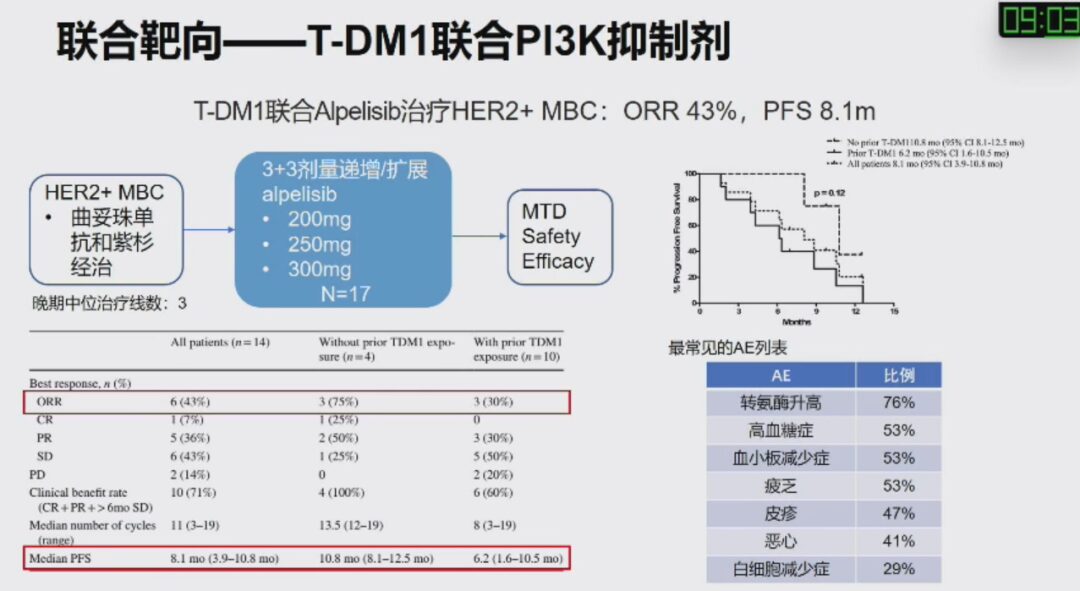
-
T-DM1 Combined with CDK4/6 Inhibitor Palbociclib
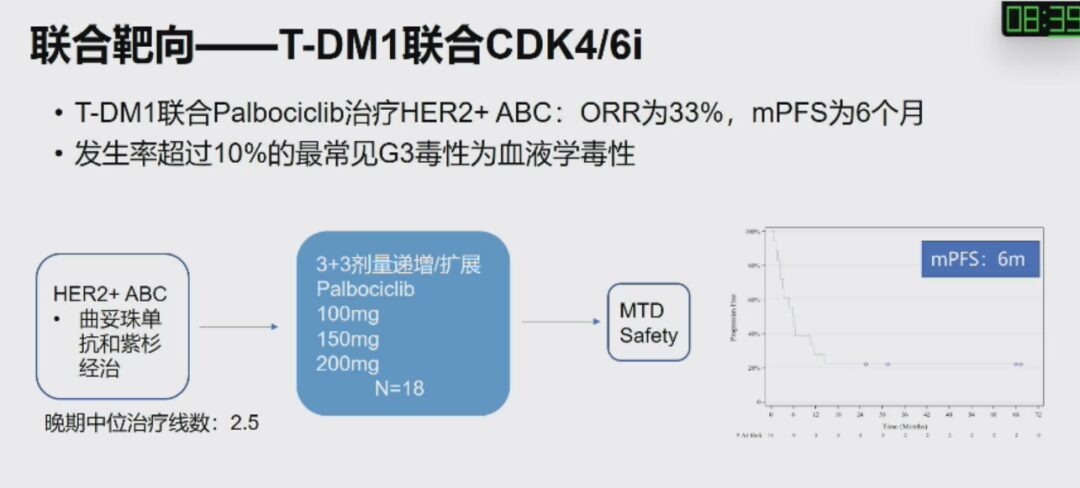
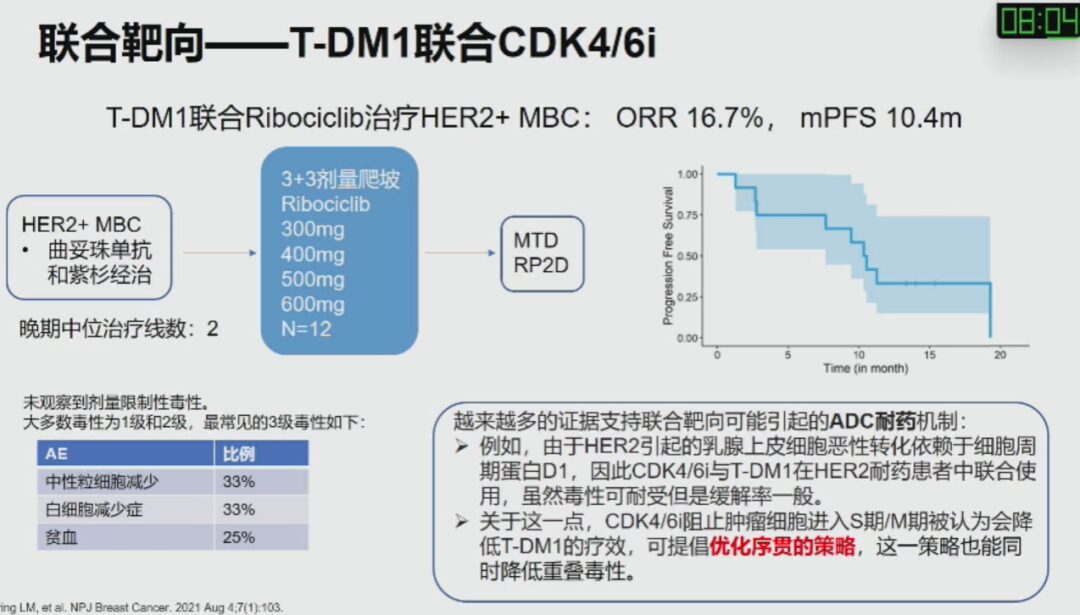
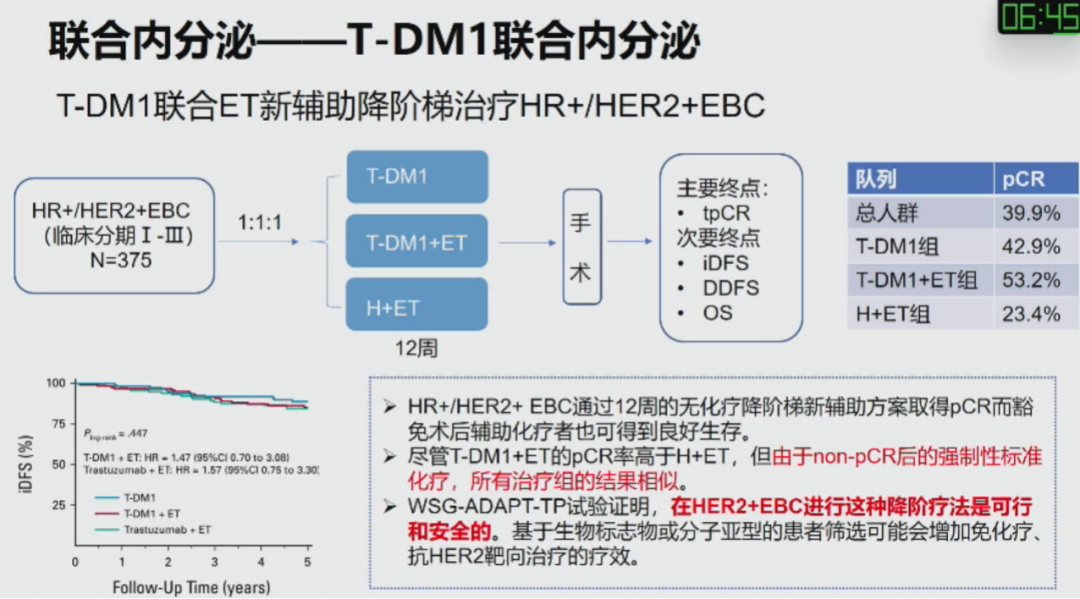
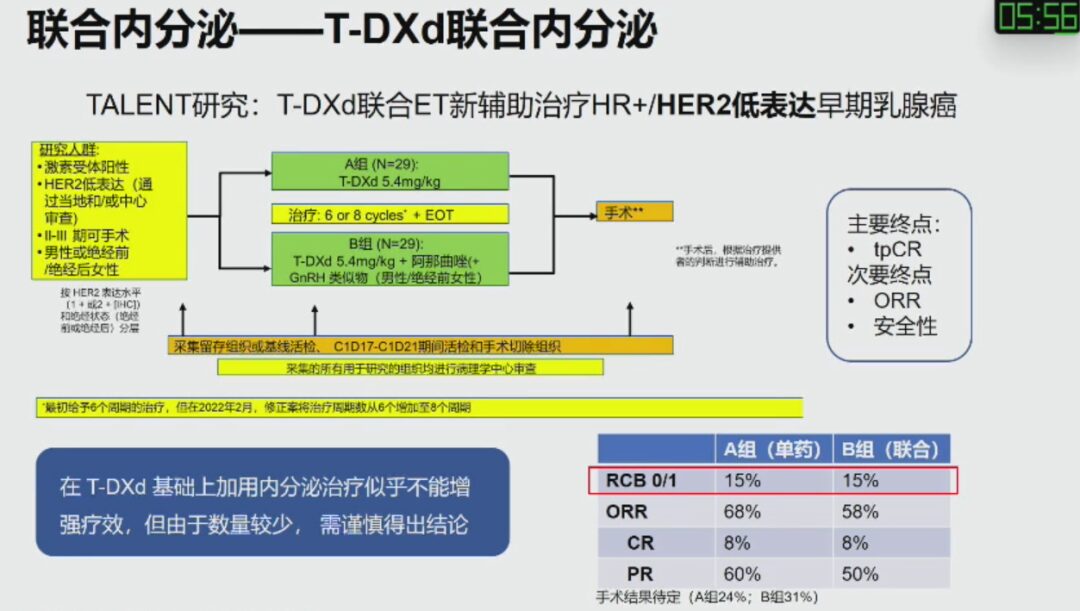
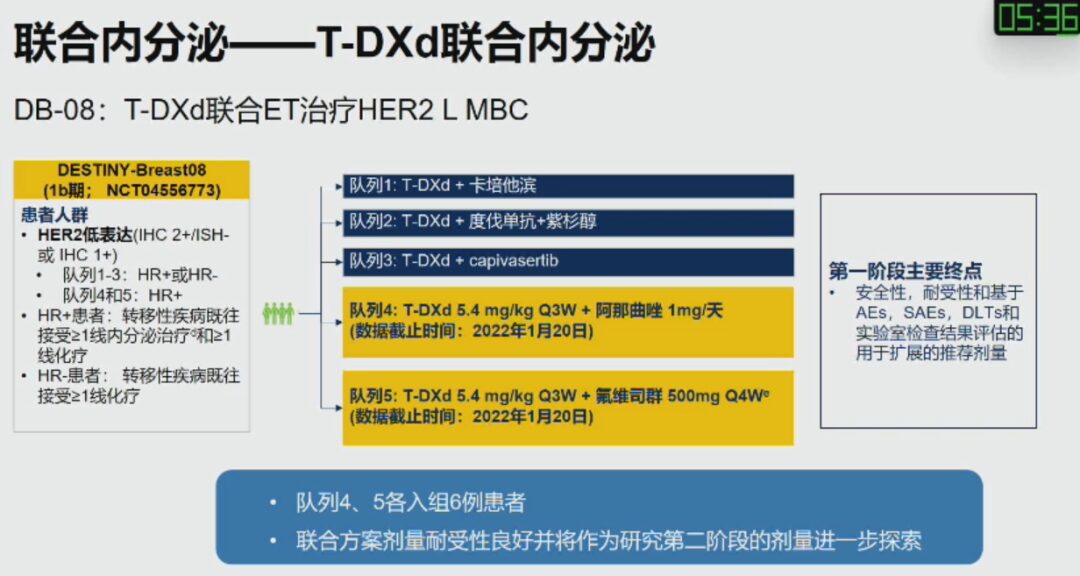
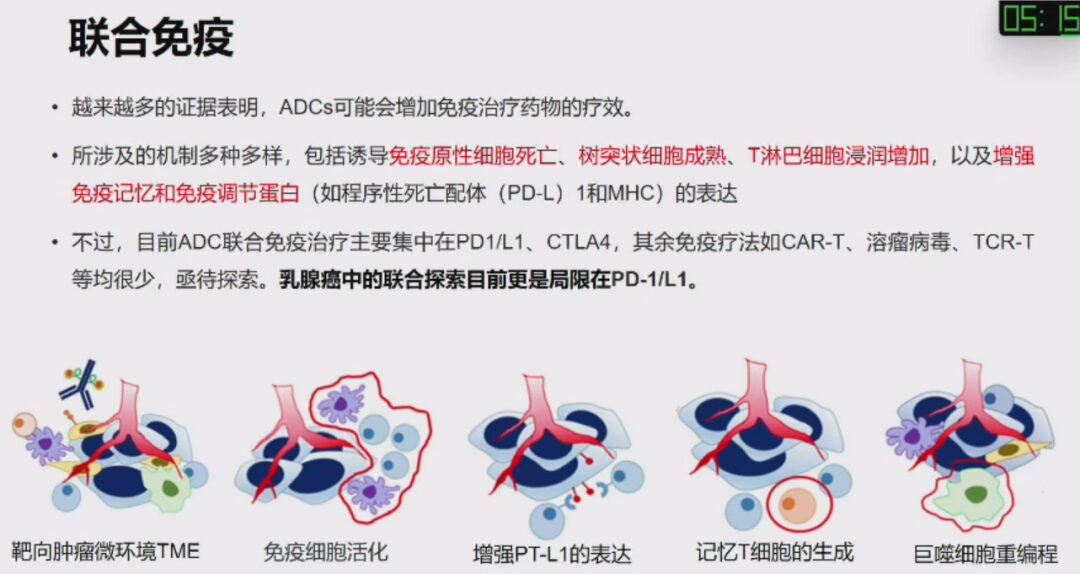
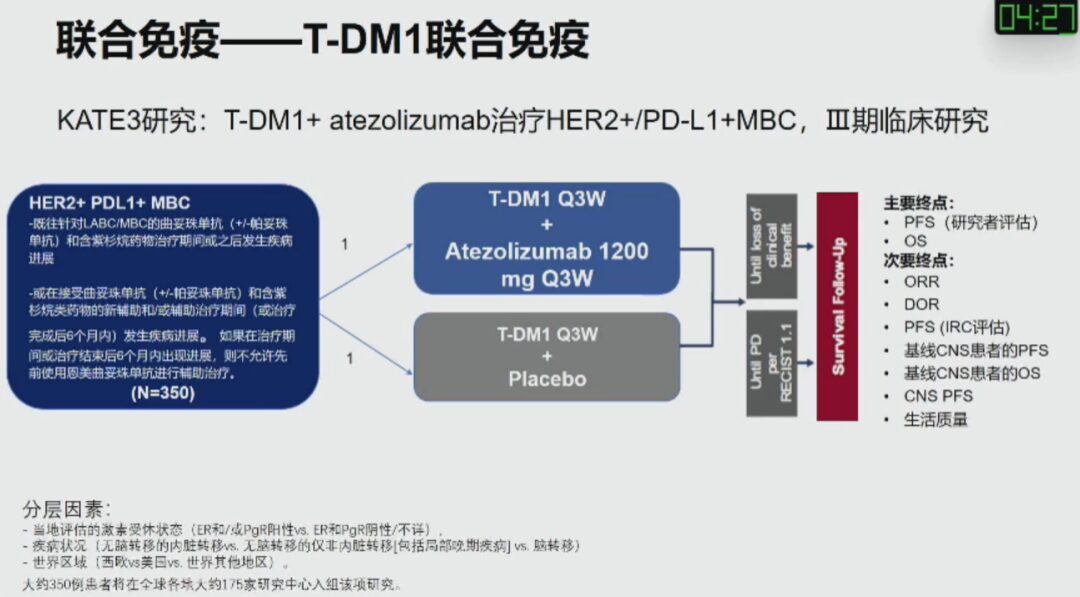
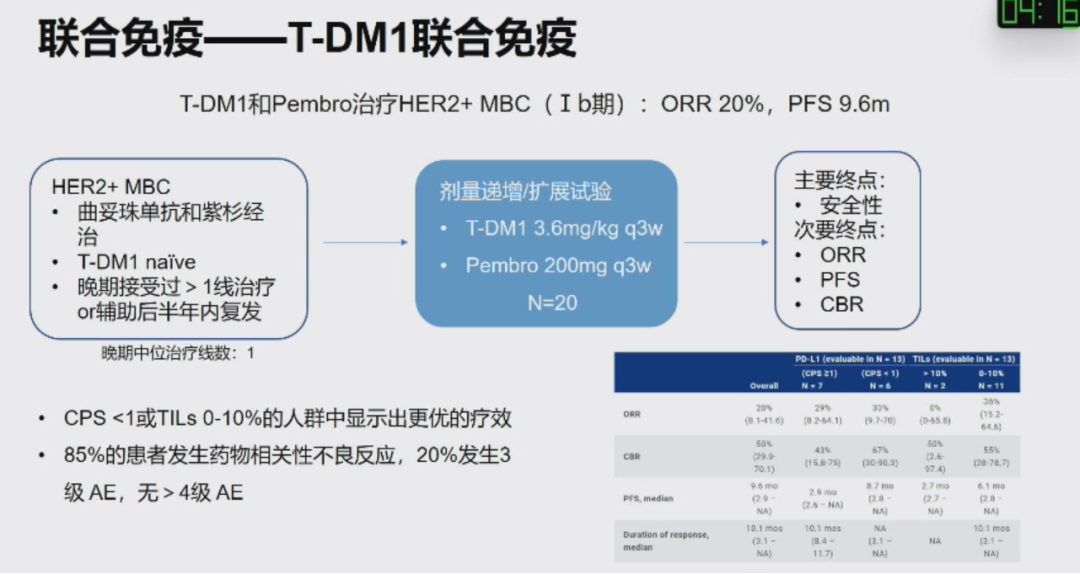
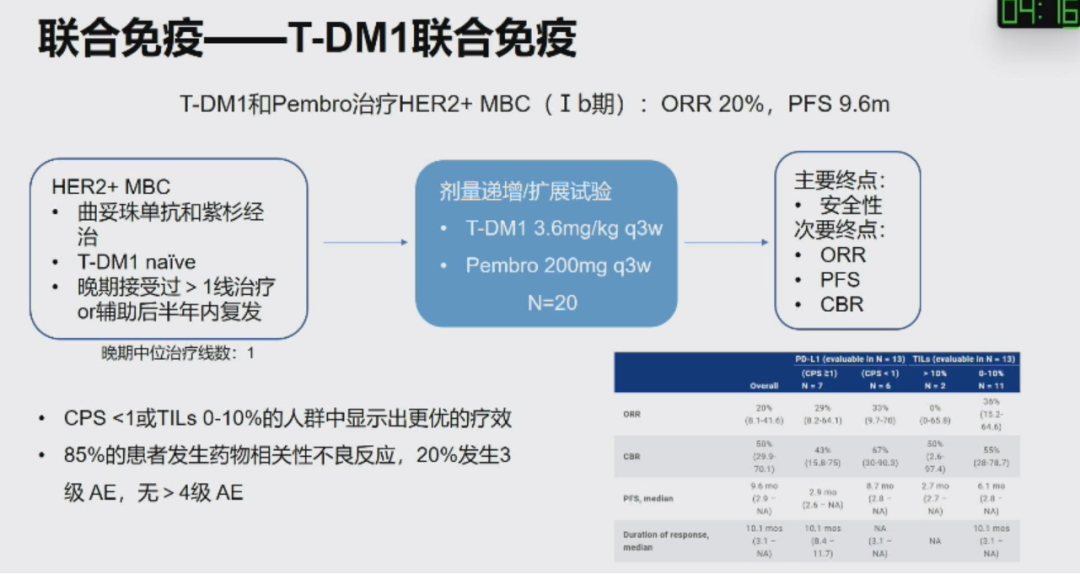
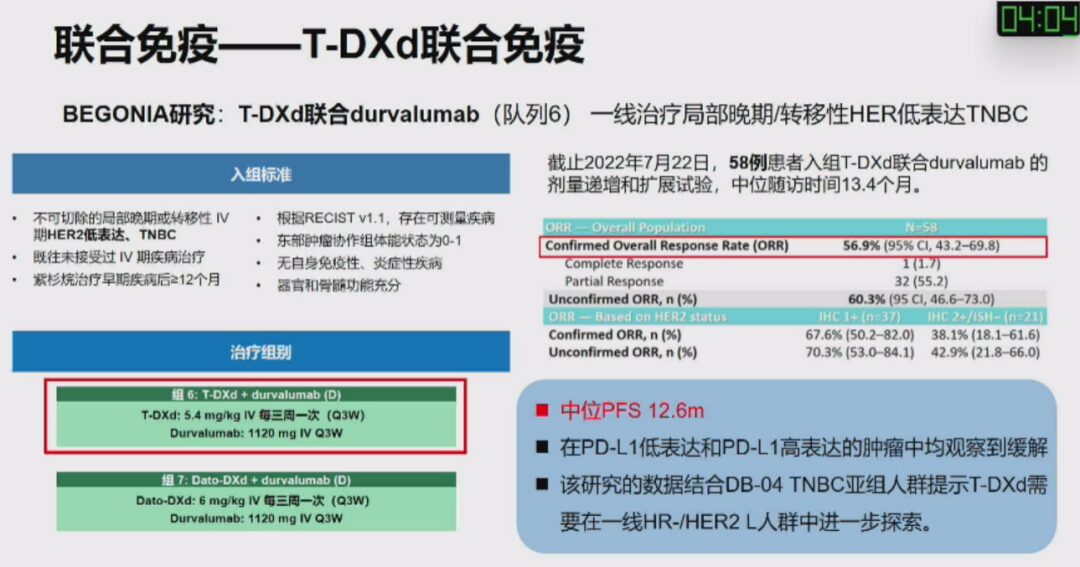
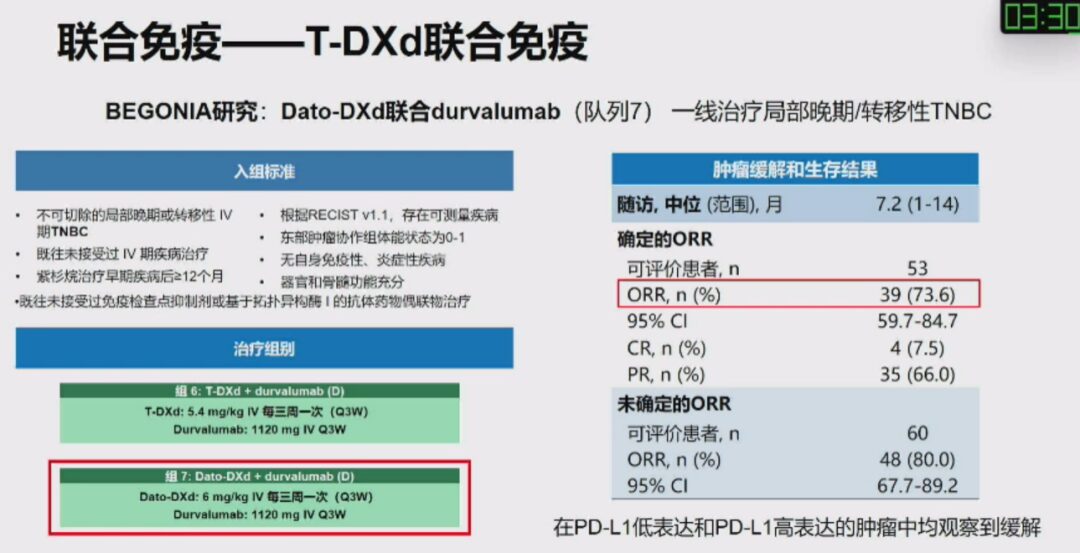
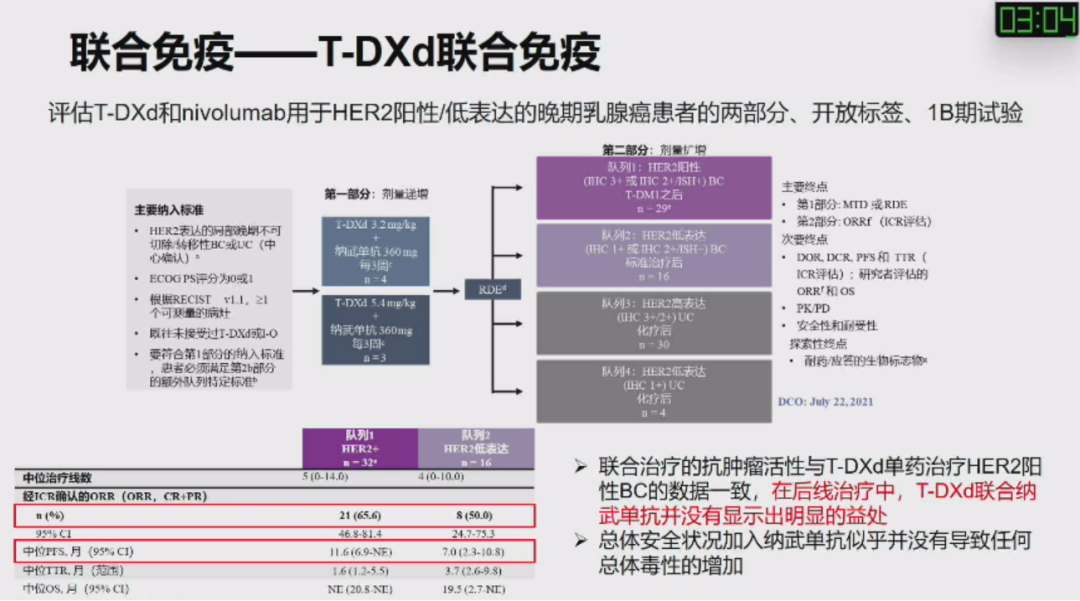
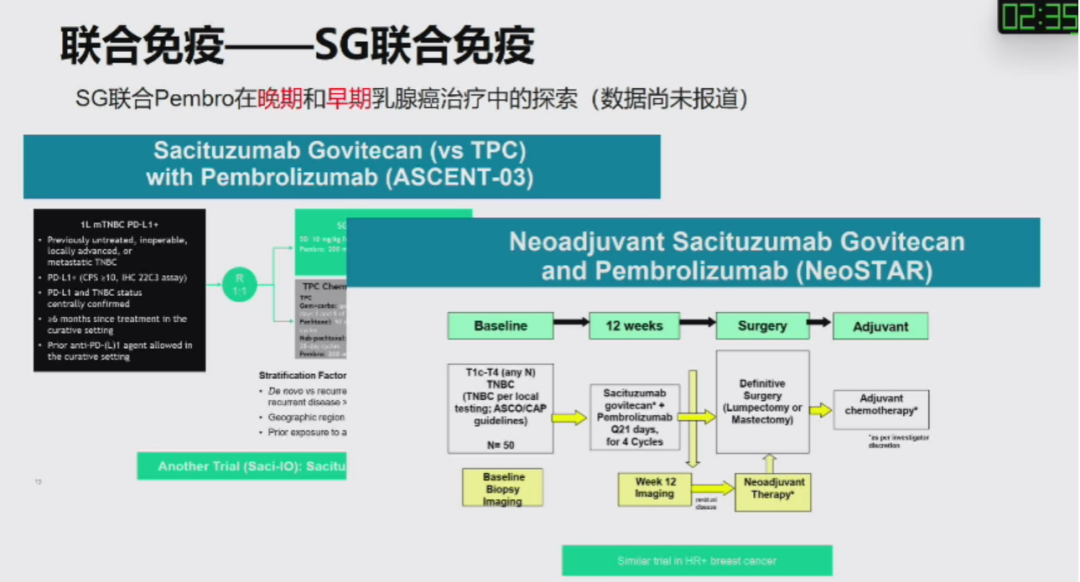
Future Development Directions of ADC Combination Strategies
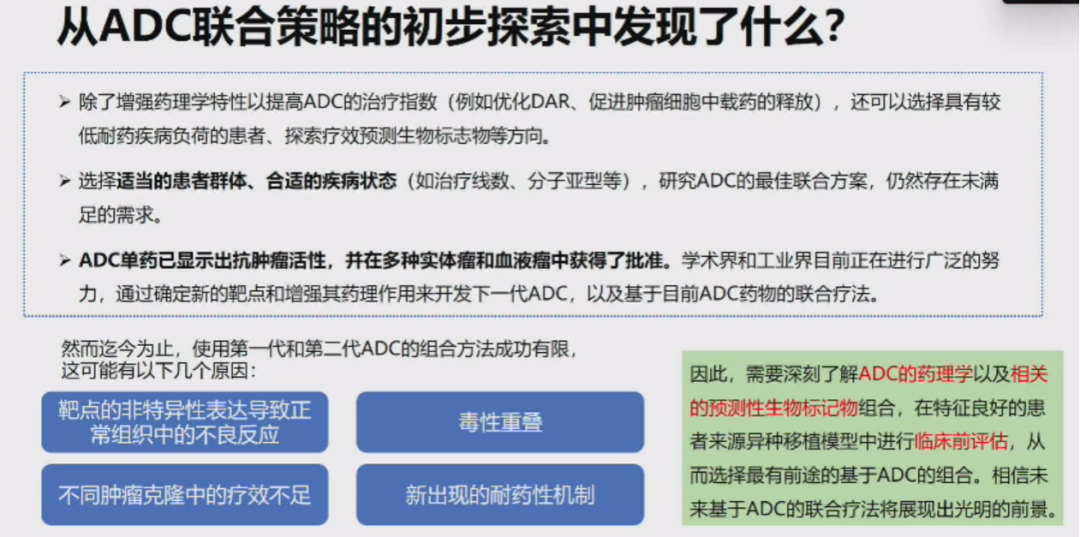
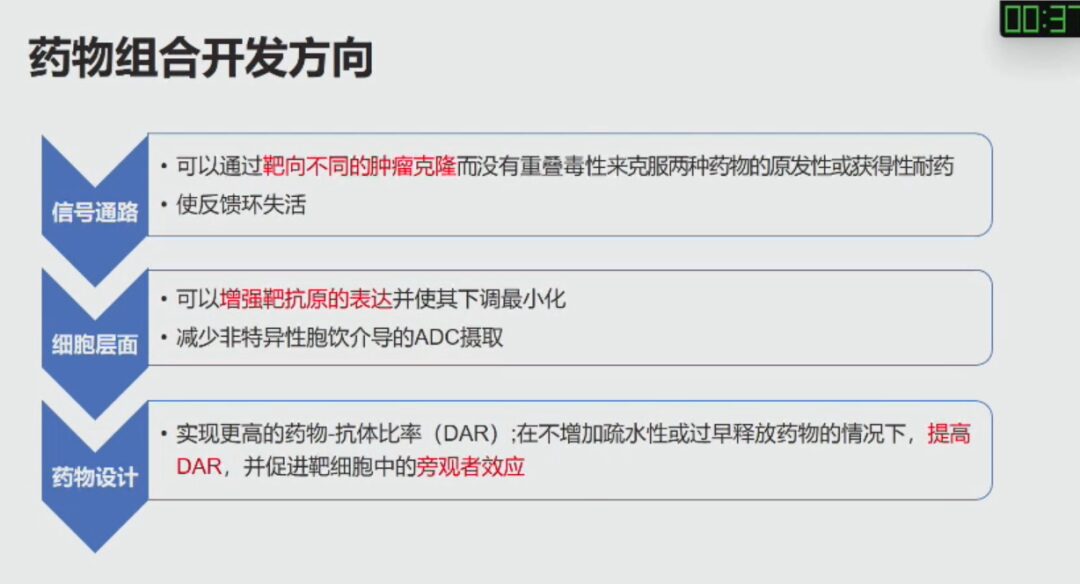
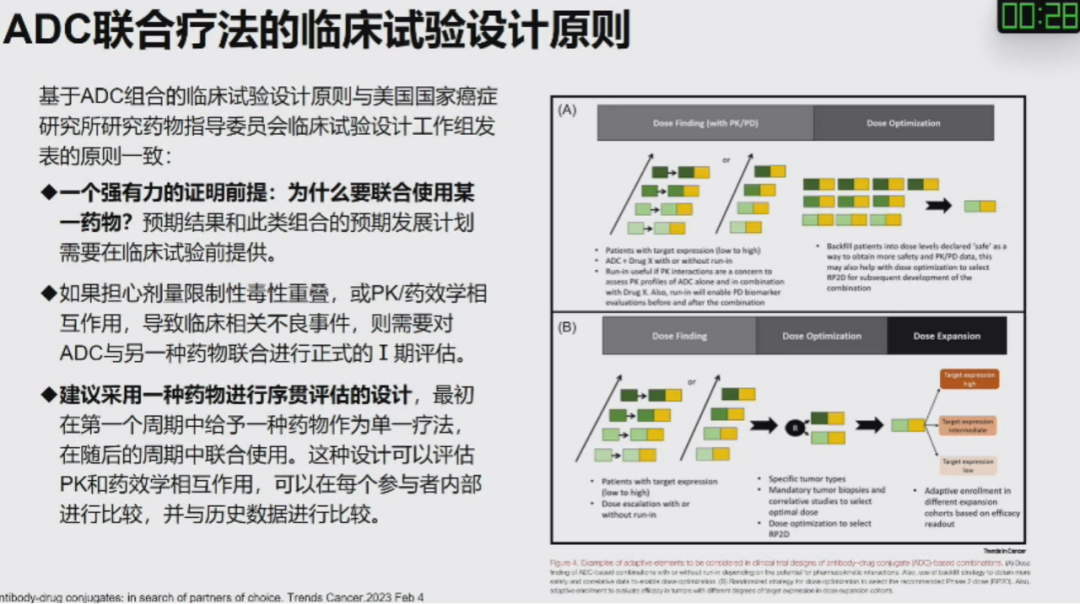
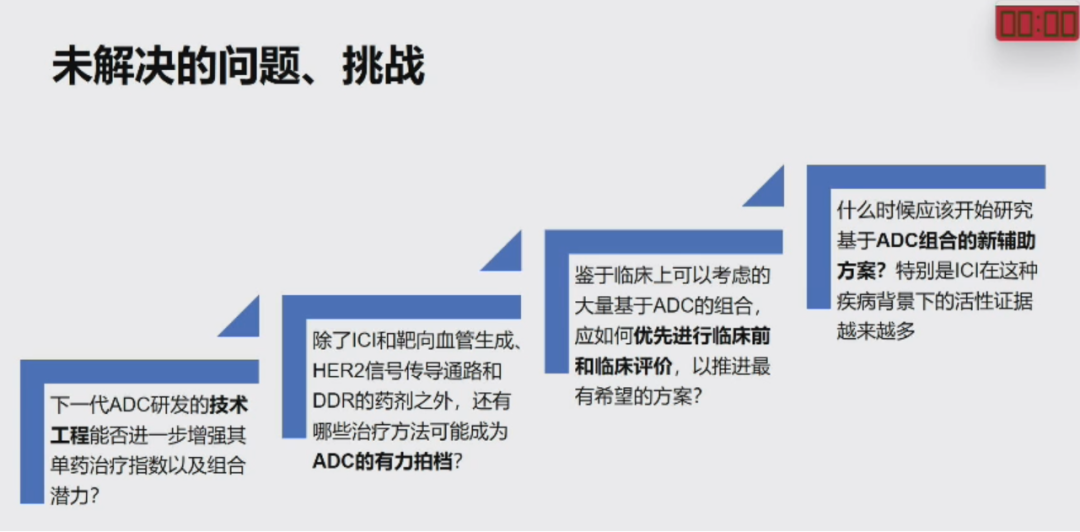
The full text is complete. If you find the content good, please give it a like or “seen”; it would be best to add a star🌟, as WeChat has recently been revamped. Thank you for reading.

Organized by: Huang Yuting; Reviewed by: Professor Cao Wenming
Typesetting:Lin Shuya; Illustrations: Professor Cao Wenming’s teaching PPT
Submission: [email protected]

References:
1. Nicolò E, Giugliano F, Ascione L, et al. Combining antibody-drug conjugates with immunotherapy in solid tumors: current landscape and future perspectives. Cancer Treat Rev. 2022;106:102395.
2. Fuentes-Antrás J, Genta S, Vijenthira A, Siu LL. Antibody-drug conjugates: in search of partners of choice. Trends Cancer. 2023;9(4):339-354.
3. Emens LA, Esteva FJ, Beresford M, et al. Trastuzumab emtansine plus atezolizumab versus trastuzumab emtansine plus placebo in previously treated, HER2-positive advanced breast cancer (KATE2): a phase 2, multicentre, randomized, double-blind trial. Lancet Oncol. 2020;21(10):1283-1295.
4. Perez EA, Barrios C, Eiermann W, et al. Trastuzumab emtansine with or without pertuzumab versus trastuzumab with taxane for human epidermal growth factor receptor 2-positive advanced breast cancer: Final results from MARIANNE. Cancer. 2019 Nov 15;125(22):3974-3984.
5. Harbeck N, Im SA, Barrios CH, et al. Primary analysis of KAITLIN: A phase III study of trastuzumab emtansine (T-DM1) + pertuzumab versus trastuzumab + pertuzumab + taxane, after anthracyclines as adjuvant therapy for high-risk HER2-positive early breast cancer (EBC). Journal of Clinical Oncology 38, no. 15_suppl (May 20, 2020) 500-500.
6. Erika Hamilton, Charles L. Shapiro, Daniel Petrylak, et al. Trastuzumab deruxtecan (T-DXd; DS-8201) with nivolumab in patients with HER2-expressing advanced breast cancer: a 2-part, phase 1b, multicenter, open-label study. 2020 SABCS. PD3-07.
7. Peter Schmid, Seock-Ah Im, Anne Armstrong, et al. BEGONIA: Phase 1b/2 study of durvalumab (D) combinations in locally advanced/metastatic triple-negative breast cancer (TNBC)—Initial results from arm 1, d+paclitaxel (P), and arm 6, d+trastuzumab deruxtecan (T-DXd). 2021 ASCO. 1023.
8. Hurvitz SA, Martin M, Jung KH, et al. Neoadjuvant Trastuzumab Emtansine and Pertuzumab in Human Epidermal Growth Factor Receptor 2-Positive Breast Cancer: Three-Year Outcomes From the Phase III KRISTINE Study. J Clin Oncol. 2019 Sep 1;37(25):2206-2216.
9. Modi S, et al. Antitumor activity and safety of trastuzumab deruxtecan in patients with HER2-low-expressing advanced breast cancer: results from a phase Ib study. J. Clin. Oncol. 2020;38(17):1887–1896.